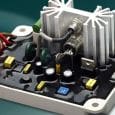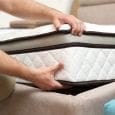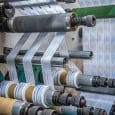-
Make enquiry
Get in touch













Tecbond 266 is a polyolefin-based hot melt adhesive specifically designed for use on difficult to bond plastics such as polypropylene and polyethylene. Outside of PP and PE, Tecbond 266 will form excellent bonds on rigid PVC, nylon, light gauge metals and polystyrene.
Primarily used for product assembly and construction applications, Tecbond 266 has a high heat resistance along with high molten tack to ensure an almost instant grab upon compression. To achieve the best possible bonds on polypropylene, it is important that the bond is made at temperatures exceeding 200°C.
